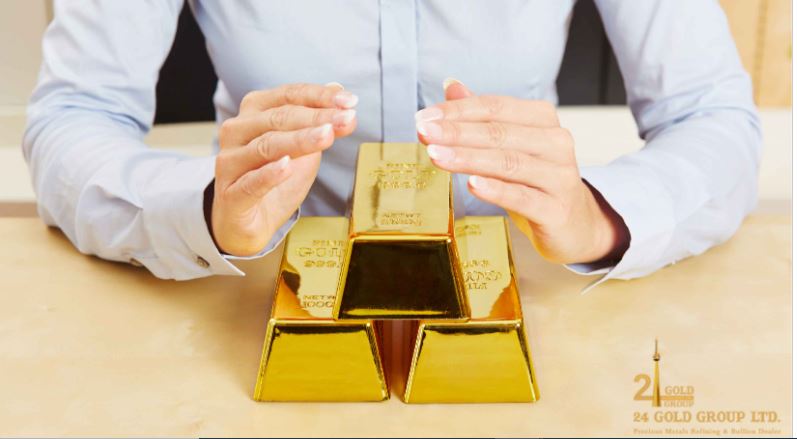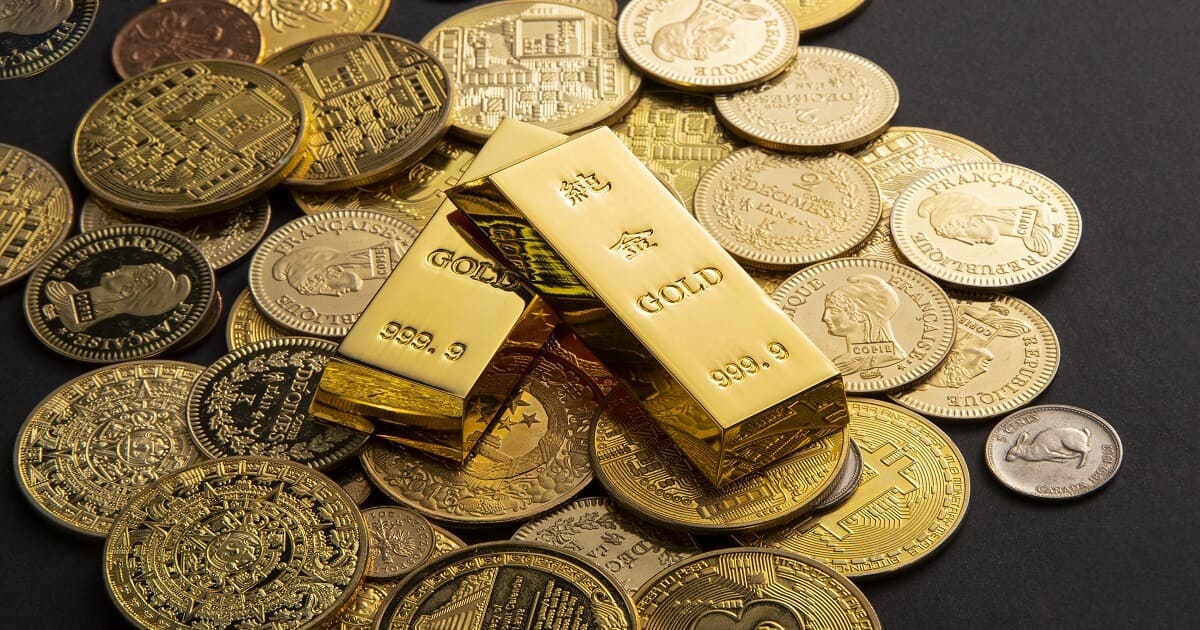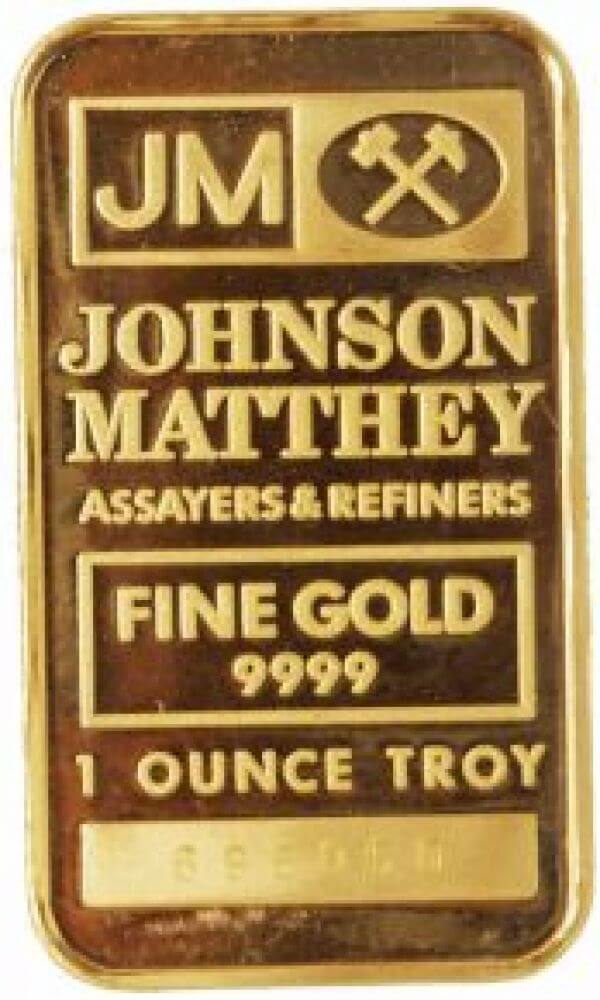Introduction
Gold has been valued for centuries, symbolizing wealth, luxury, and affection. Today, two prominent variations, rose gold and yellow gold, dominate the jewellery industry. However, what distinguishes them from each other? Let's explore the specifics.
What is Rose Gold?
Rose gold, also referred to as pink or red gold, is a striking alloy formed by blending pure gold with copper and occasionally silver. The presence of copper imparts rose gold with its unique warm tint, ranging from subtle blush to deep rosy shades.
What is Yellow Gold?
Yellow gold is the traditional option, celebrated for its enduring charm and vibrant, glossy colour. It is produced by mixing pure gold with alloy metals such as zinc and copper, resulting in the iconic golden hue that has captivated hearts for generations.
Composition
Rose Gold: Typically comprising 75% gold, 22.5% copper, and 2.5% silver, although the exact composition may vary. The higher copper content gives rose gold its characteristic pinkish hue.
Yellow Gold: Usually composed of 75% pure gold, blended with 25% alloy metals like zinc and copper. This composition maintains the classic golden colour while improving durability.
Colour
Rose Gold: Its romantic blush tones radiate warmth and femininity, making it a favoured option for engagement rings and other sentimental jewellery pieces.
Yellow Gold: With its luxurious, sunny hue, yellow gold exudes timeless grace and refinement. It complements a wide range of skin tones and is ideal for both traditional and modern designs.
Durability
Rose Gold: Rose gold, although durable for everyday wear, is slightly softer than yellow gold due to its higher copper content. It is crucial to provide regular maintenance and care to uphold its shine and overall appearance.
Yellow Gold: Yellow gold is renowned for its robustness and longevity, being highly resistant to tarnishing and corrosion. It is an ideal choice for heirloom pieces that are meant to last through generations.
Popularity
Rose Gold: Over the past few years, rose gold has experienced a surge in popularity, particularly among millennials and trendsetters. Its romantic charm and versatility have made it a highly sought-after option for engagement rings and statement jewellery.
Yellow Gold: Despite the growing popularity of rose gold, yellow gold remains a timeless choice appreciated for its enduring appeal and cultural significance. It continues to be a popular choice for traditional wedding bands and iconic jewellery pieces.
Versatility
Rose Gold: The soft and feminine hues of rose gold make it incredibly versatile, complementing both warm and cool skin tones effortlessly. Whether adorned with diamonds or gemstones, it adds a touch of romance to any outfit.
Yellow Gold: Yellow gold is celebrated for its versatility, seamlessly complementing a wide array of styles and aesthetics. From vintage-inspired designs to modern minimalism, it effortlessly transitions from day to night.
Maintenance
Rose Gold: To preserve the beautiful blush tones of rose gold, regular cleaning with a soft brush and mild detergent is necessary. It is important to avoid exposure to harsh chemicals or abrasive materials to prevent any scratching.
Yellow Gold: Due to its low reactivity and resistance to tarnishing, maintaining yellow gold is relatively simple. A gentle polish with a soft cloth can easily restore its shine and lustre.
Affordability
Rose Gold: With a higher copper content, rose gold is often more budget-friendly compared to yellow gold. It provides an appealing option for those looking for sophistication without overspending.
Yellow Gold: Despite gold prices fluctuating, yellow gold jewellery tends to be a bit pricier than rose gold due to its enduring charm and widespread popularity.
Fashion Trends
Rose Gold: From dainty stackable rings to bold necklaces, rose gold remains a prominent presence on fashion runways and red carpets. Its romantic charm and visually appealing aesthetics make it a top choice among influencers and fashion enthusiasts.
Yellow Gold: Timeless and classic, yellow gold transcends passing trends, establishing itself as a must-have in any jewellery collection. Whether used as a subtle accent or a striking statement piece, it never goes out of fashion.
Choosing the Right Gold
When deciding between rose gold and yellow gold, take into account your style, skin tone, and the occasion. While rose gold embodies romance and femininity, yellow gold exudes timeless grace and sophistication. Ultimately, opt for the gold that aligns with your individuality and complements your wardrobe effortlessly.
Conclusion
In the ongoing debate of rose gold versus yellow gold, there is no definitive answer—only personal preference. Whether you are captivated by the romantic allure of rose gold or the timeless elegance of yellow gold, both options offer endless opportunities to showcase your unique style and personality. When considering your preference, especially if you're in Canada, you may also want to explore where to Buy Gold Bars In Canada to further enhance your investment portfolio or adornments.
Featured Blogs
The market values gold across all precious metal types because of its scarcity together with its aesthetic appeal and its capability to serve as an investment....
Investors need to master the skills of recognizing precious metal authenticity and quality before purchasing. Knowing how to read purity marks becomes essential...
People trust gold as an investment since it maintains its value better than other investments during market turbulence. Anyone interested in gold needs to under...
The Canadian economy has relied on gold throughout history because investors use it to preserve wealth while protecting themselves from economic instability. Sc...








.jpg)
.jpg)
.jpg)
